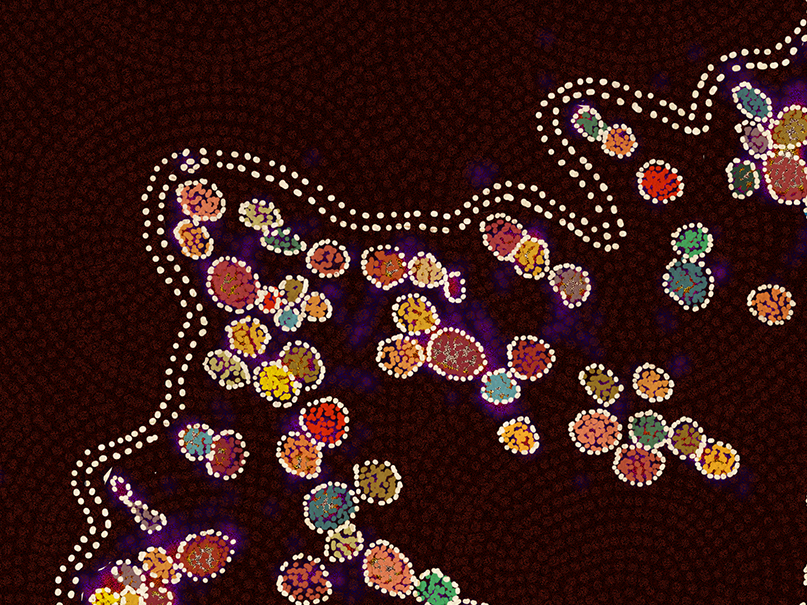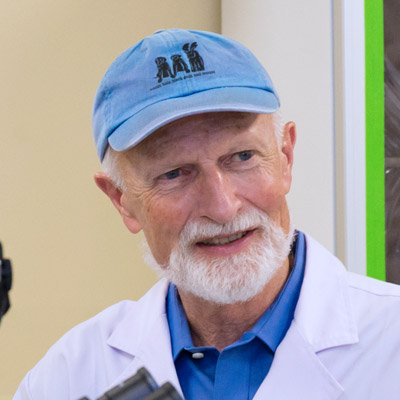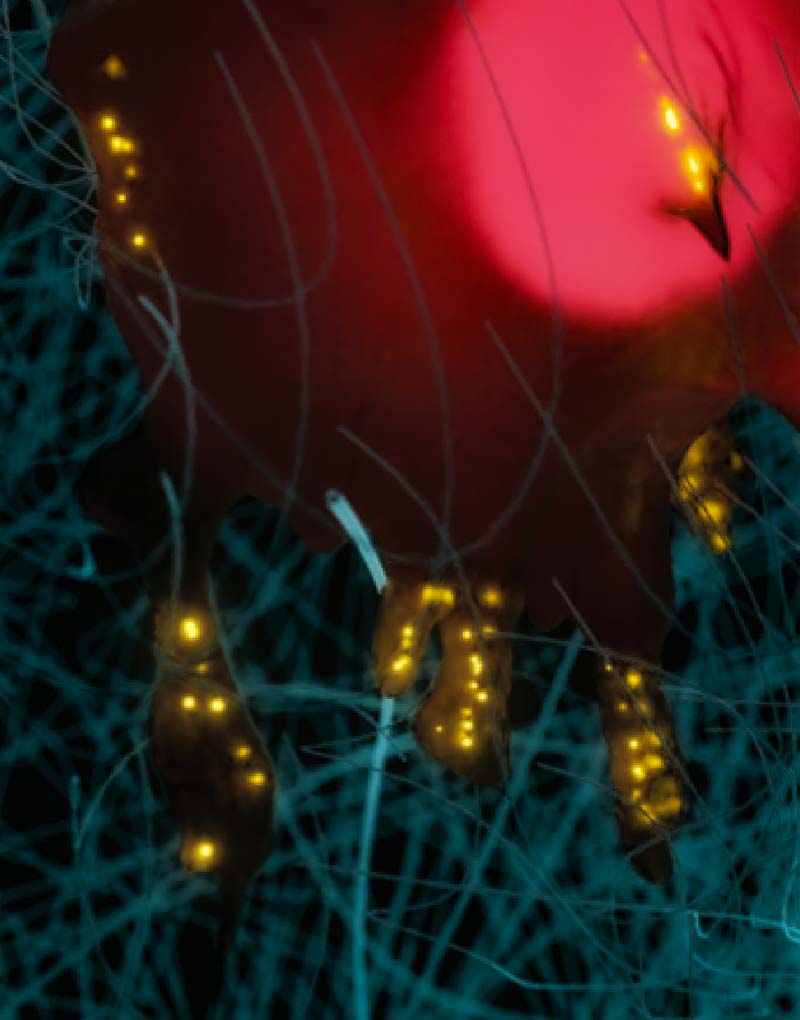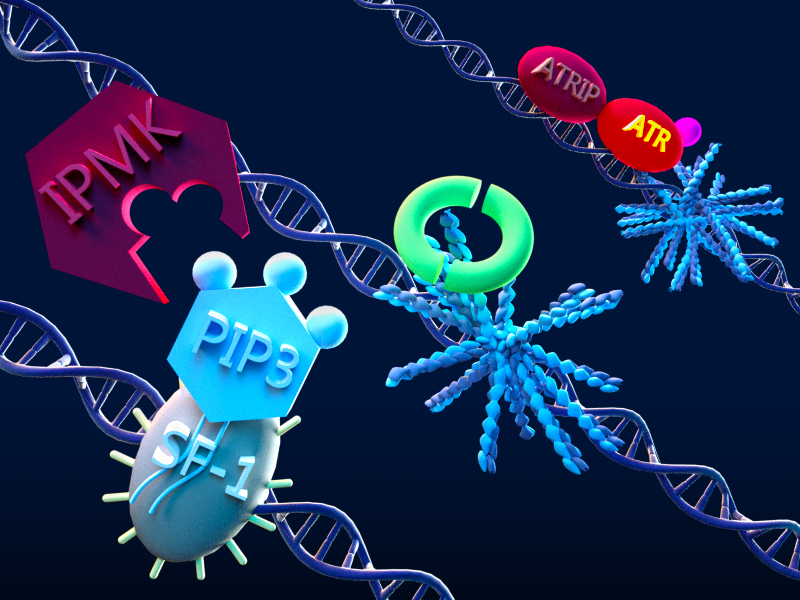Adhesion ABC
Andrew MS Wong | December 2015
Scientists from the Mechanobiology Institute (MBI), National University of Singapore, have discovered the universal building blocks that cells use to form initial connections with the surrounding environment. These early adhesions have a consistent size of 100 nanometres and are made up of a cluster of around 50 integrin proteins, and are the same even when the surrounding surface is hard or soft. Deciphering the universal nature of adhesion formation may reveal how tumour cells sense and migrate on surfaces of different rigidity, which is a hallmark of metastasis, the devastating ability of cancer to spread throughout the body. This study is published inDevelopmental Cell and also featured on the cover of the December 7, 2015 issue (Changede et al., Developmental Cell, doi:10.1016/j.devcel.2015.11.001).
Integrin clusters are the universal units of cell adhesion
Cells interact with their environment through protein complexes called focal adhesions. These act as the hands and feet of the cell, and allow it to form physical connections with the surrounding surface, enabling the sending and receiving of mechanical signals from the environment. This, in turn, drives many of the cell’s decisions, such as determining what type of cell to develop into, or where in the body it should move to. However, within the body there are a variety of different surfaces that cells can grow on, from soft surfaces such as brain matter to hard surfaces like bone. Although cells can form focal adhesions on both soft and hard surfaces, how they assemble on surfaces of such different rigidity is still a mystery.
Building blocks for cell adhesion
The major protein in the focal adhesion complex is integrin, which spans the cell membrane, forming a link between the internal skeleton of the cell and external surface. Integrin binds to a sequence of three amino acids (arginine-glycine-aspartic acid, also known as RGD). By growing cells on either hard glass or fluid artificial membranes coated with RGD, and observing adhesion formation with super-resolution microscopy, a team of MBI scientists led by Dr. Rishita Changede and Prof. Michael Sheetz were able to investigate the molecular origins of adhesion formation on surfaces with different rigidity. Analysing this data with custom-built computational algorithms allowed them to accurately measure adhesion size, and even count the number of integrins in each adhesion.
This study reveals that cells form early adhesions from integrin clusters as a first response to their environment, and that these universal, modular units of adhesion assemble without the need for external stimuli from the surrounding surface.
Remarkably, they discovered that cells growing on soft or hard surfaces form adhesions in the exact same way. These early, or nascent adhesions assemble from clusters of approximately 50 integrins, and have a diameter of around 100 nanometres. Despite the small size of early adhesions compared to the average cell surface area of 3,500 square micrometres, they enable the cell to form an initial attachment to the environment. Intriguingly, altering the density of the RGD coating also had no effect on the formation of early adhesions. The same integrin clusters were formed, with a consistent protein composition and size, even when the RGD density was reduced 10-fold.
As the early adhesions formed independently of surface rigidity or RGD density, they represent universal, modular units for cell adhesion to the environment. Similar to building blocks, these modular units could aggregate together to form larger adhesions. Formation of early adhesions was also assisted by rapid recruitment of the mechanosensor protein, talin. Once the cell forms these early adhesions on soft or hard surfaces, it can use talin and other mechanosensitive proteins to develop force. Depending on the force received from the surface, the early adhesions can either recycle back into the cell, or mature into focal adhesions.
This study reveals that cells form early adhesions from integrin clusters as a first response to their environment, and that these universal, modular units of adhesion assemble without the need for external stimuli from the surrounding surface. Understanding how these universal early adhesions form the building blocks for mature focal adhesions will provide new insights into focal adhesion mediated mechanosignalling and its vital role in cell growth, development, and disease.
Dr Changede’s work was featured in The Straits Times article, Beautiful Science: ‘Going dotty’ in service of science.










